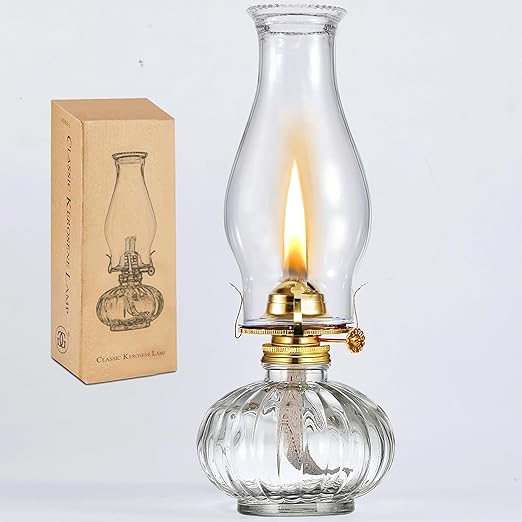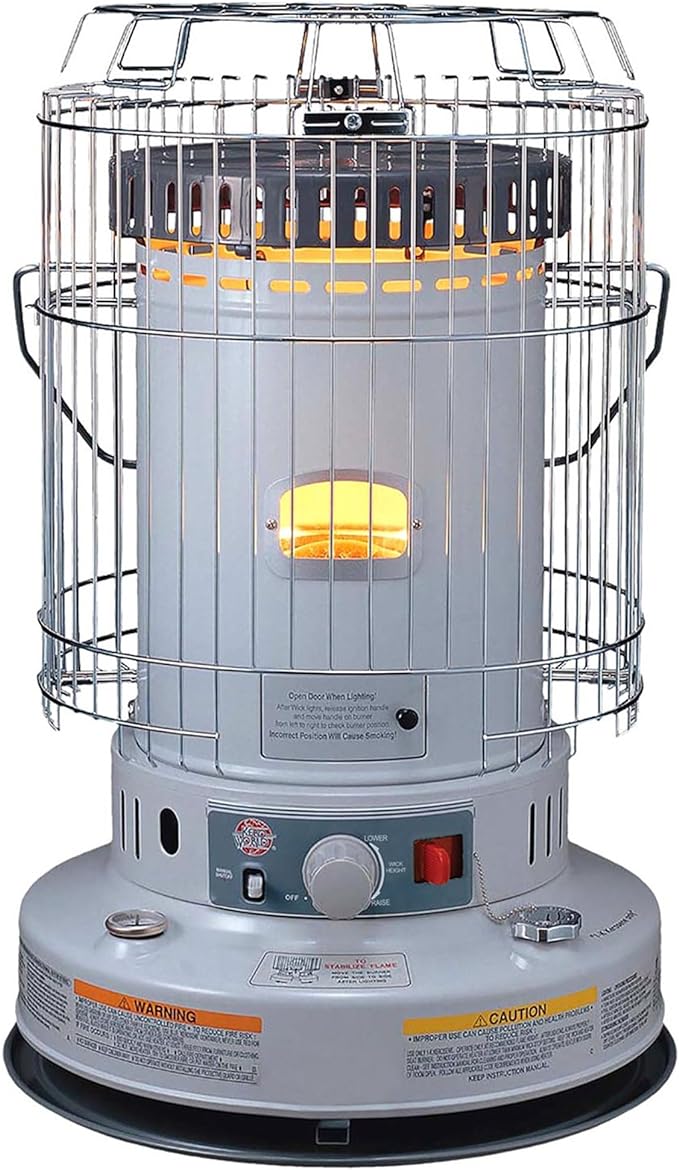Liquid fuel vs. propane bottles for lanterns and cook stoves
I just thought I’d throw in my two-cents worth. I have noticed on most prepper websites there is a general disdain for “white-gas” lanterns and cook stoves. I have been using Coleman lanterns and stoves for decades. I truly believe that liquid fuel light and cook sources are a better option for prepping. Here’s my reasons why:
1) A double mantle Coleman gas lantern will provide you with about 40 hours of BRIGHT light per gallon of gas. If you need light 4 hours per day, one gallon will work for 10 days. Cost at Walmart is $14.00 for one gallon of Crown White Gas Camp Fuel or Coleman Fuel. One gallon of gas for a 2 burner Coleman gas stove will provide about the same time. In order to achieve 40 hours of operation with 1 lb. propane bottles, that will require a case of 6 bottles at a cost of $52.00. Often, both Walmart, AND Amazon are sold out! Propane lanterns and stoves are easier to light but, much less effective when they are operated in cold temperatures. White gas is slightly different to light, not harder, just different. And, white gas is not effected by cold temperatures. One other positive note is that Coleman gas lanterns put out a LOT of heat!
2) Many people will be concerned about carbon monoxide Anything that burns is going to give off CO. The there will be no difference in CO between propane and gas lanterns and stoves. Millions of homes have gas cooking ranges that are used daily with no ill effect. You just have to use common sense. When I was kid, we had a power outage that lasted about 4 days. My Dad got out Coleman lantern and stove to use in our house. The lantern was shuffled between the living room and kitchen while cooking. Although inconvenient, we had plenty of light and hot food. No one got sick or suffered with CO due to the sized of the house and limited daily use.
3) The older Coleman lanterns and stoves are a MUCH HIGHER QUALITY than what is available new. I have found good serviceable lanterns and stoves at garage sales and antique shops. I have purchased lanterns and stoves on eBay that were reasonably priced and just like new. HOWEVER, over the last few years the prices on Coleman Lanterns has skyrocketed! A run-of-the-mill Coleman 220 Lantern used to cost about $20. Now, they are selling for $50+ with some collectible ones selling for several hundred dollars. Coleman gas stoves are still pretty reasonable as most people want propane. I outfitted all three of my kids families with multiple lanterns and stoves for their prepper/camping needs. My son-in-law wanted nothing to do with a gas lanterns, He felt they were dangerous and outdated, UNTIL my daughter used hers on a desert camping trip. Now, he uses that lantern all the time and really likes it. He doesn’t have to deal with empty propane bottles and 1 gallon of Crown Fuel take up a lot less space.
4) Solar is wonderful but costly and bulky compared to gas lanterns. I use solar on some of my HAM equipment.
I just thought I’d throw in my two-cents worth. I have noticed on most prepper websites there is a general disdain for “white-gas” lanterns and cook stoves. I have been using Coleman lanterns and stoves for decades. I truly believe that liquid fuel light and cook sources are a better option for prepping. Here’s my reasons why:
1) A double mantle Coleman gas lantern will provide you with about 40 hours of BRIGHT light per gallon of gas. If you need light 4 hours per day, one gallon will work for 10 days. Cost at Walmart is $14.00 for one gallon of Crown White Gas Camp Fuel or Coleman Fuel. One gallon of gas for a 2 burner Coleman gas stove will provide about the same time. In order to achieve 40 hours of operation with 1 lb. propane bottles, that will require a case of 6 bottles at a cost of $52.00. Often, both Walmart, AND Amazon are sold out! Propane lanterns and stoves are easier to light but, much less effective when they are operated in cold temperatures. White gas is slightly different to light, not harder, just different. And, white gas is not effected by cold temperatures. One other positive note is that Coleman gas lanterns put out a LOT of heat!
2) Many people will be concerned about carbon monoxide Anything that burns is going to give off CO. The there will be no difference in CO between propane and gas lanterns and stoves. Millions of homes have gas cooking ranges that are used daily with no ill effect. You just have to use common sense. When I was kid, we had a power outage that lasted about 4 days. My Dad got out Coleman lantern and stove to use in our house. The lantern was shuffled between the living room and kitchen while cooking. Although inconvenient, we had plenty of light and hot food. No one got sick or suffered with CO due to the sized of the house and limited daily use.
3) The older Coleman lanterns and stoves are a MUCH HIGHER QUALITY than what is available new. I have found good serviceable lanterns and stoves at garage sales and antique shops. I have purchased lanterns and stoves on eBay that were reasonably priced and just like new. HOWEVER, over the last few years the prices on Coleman Lanterns has skyrocketed! A run-of-the-mill Coleman 220 Lantern used to cost about $20. Now, they are selling for $50+ with some collectible ones selling for several hundred dollars. Coleman gas stoves are still pretty reasonable as most people want propane. I outfitted all three of my kids families with multiple lanterns and stoves for their prepper/camping needs. My son-in-law wanted nothing to do with a gas lanterns, He felt they were dangerous and outdated, UNTIL my daughter used hers on a desert camping trip. Now, he uses that lantern all the time and really likes it. He doesn’t have to deal with empty propane bottles and 1 gallon of Crown Fuel take up a lot less space.
4) Solar is wonderful but costly and bulky compared to gas lanterns. I use solar on some of my HAM equipment.






